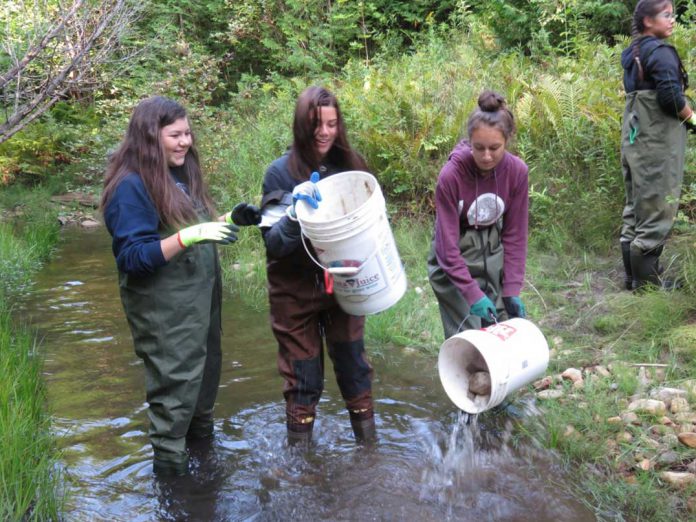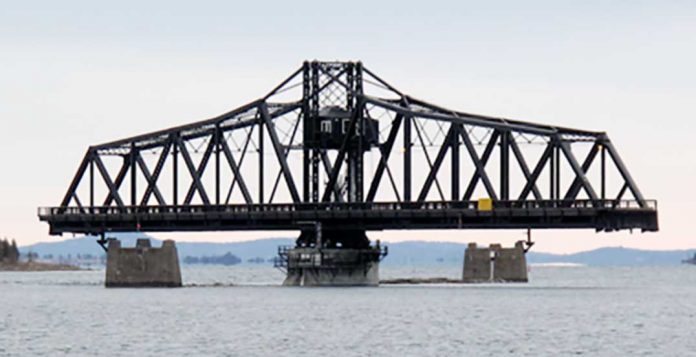First Nations education funding not matching promises
When children across the country went back to school after Labour Day, 400 elementary students in Kashechewan First Nation were forced to stay home. In that community, a state of emergency has been called over the condition of their portable classrooms that are riddled with black mould and structurally unsound. The problem is nothing new, but the students aren’t taking this unintended break as a holiday. Instead, they are trying to do something about it.
That’s why students from the St. Andrew’s School in Kashechewan were in Ottawa when Parliament opened on Monday. They demanded a real mortar and brick school that could bring their education in-line with that of which other Canadian children enjoy. This is the second generation of students that made the trek to Ottawa and they are growing weary of promises that never deliver results.
The students’ reminder came just days after First Nations in Saskatchewan took the government to task over funding gaps for education that persist despite a federal promise of $2.6 billion to address the inequity. Leaders in those communities say the shortfall is a problem all across the country and that it means schools still can’t afford things like science labs, sports equipment or Indigenous language programs. For kids in Kashechewan it has meant going from one mouldy portable to another and never knowing what it’s like to attend a proper school.
The students in Kashechewan deserve to go to school, just like every other child in this country, but they are still waiting on the government to end decades of chronic underfunding in First Nations communities. That gap amounts to a 30 percent shortfall between the education budgets for Indigenous children as compared to what is made available for other schools in Canada.
Next week, the 400 elementary students in Kashechewan will have their classes moved to a nearby high school, but that 12 classroom building is not properly equipped to handle the surge that will see the school’s population jump from 200 to 600 students. This, like the mouldy portables they are leaving behind, is just a temporary solution.
New Democrats have been raising this issue in Parliament to fight for the kids in Kashechewan and other Indigenous communities so they can get the schools they deserve. The problems in Kashechewan spill outside the community’s boundaries and many people have been evacuated into Algoma-Manitoulin-Kapuskasing to escape floods that happen annually in the First Nation. I have met with some of these evacuees and have heard stories about the decrepit school conditions.
Clearly it’s time for these kids to get a quality education in a safe and healthy building. Government funding is the only way that will happen, but when we learn that the federal commitment has not been matched with available money it is difficult to accept. This government was vocal and sounded adamant during the election that brought them to power that they were going to bring funding for First Nations education up to the level that most Canadian children benefit from. So far we have not seen the funds and the promises aren’t solving anything.




